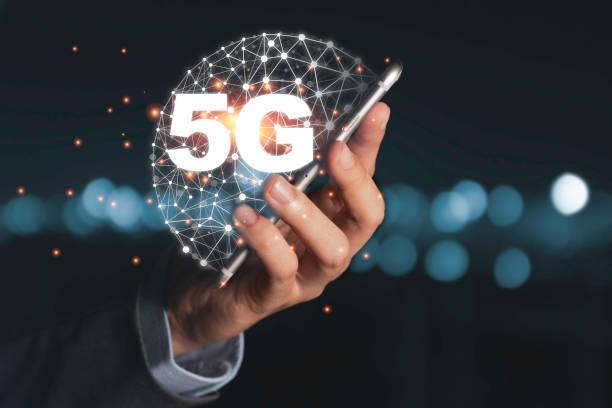With the advent of 5G technology the outlook of emerging businesses towards BSS solutions and technology has completely changed.
The early adapters of the next-generation technologies and the millennial 5G network are now considered ahead of others. But as every coin has two sides, similarly, the 5G network is not completely the best asset posed by the technology as it has many drawbacks to offer as well.
Therefore, today in this article we will discuss the limitations of 5G technology and solutions to these problems for the emerging businesses in 2021.
Limitation to 5G Network for emerging businesses in 2021
- Space Restrictions for IoT devices
Although the biggest advantage posed by the 5G network is that it could make the implementation of IoT (Internet of Things) infrastructure much easier. But with the new solutions comes new problems, likewise, for running such heavy network bandwidth businesses need a full-fledged infrastructure for IoT which puts a heavy load on the data usage and electricity bills. Alongside providing higher seeds and capabilities the 5G networks also increase the amount of data used and network connectors.
- Congestion issues
Like the networks before, the 5G network also comes with multiple congestion and interfaces. It needs to have various devices connected all at once that too at a dense location. To serve any business capabilities and requirements the companies have to deploy the network intelligently to avoid run-down of the network services.
- Proximity
The overall connectivity and wavelengths used by the 5G network are much smaller as compared to the 3G and 4G network (near to millimeters) due to which these wavelengths can not travel to a larger distance, leading to small network coverage. To combat such issues the businesses need to have a large array of antennas.
- Reach limitation in rural areas
Installing 5G network capabilities in the rural areas is way more complicated than installing it in Urban areas, as unless the process of network build-outs is not complete in the urban areas the deployment in rural areas will remain highly expensive. Therefore it is comparatively less cost-effective but has tremendous features and advancement to offer.
Furthermore, the expansion from urban to rural areas is gonna take much more time than expected. Along with it the return on investment (ROI) does not fit as per the 3G and 4G network many businesses will remain skeptical about its deployment.
Solutions to the 5G Network Limitations
The 5G network has a complex structure and intricate specifications which are not easy for a layman to understand. With the numerous issues like proximity, reach, congestions, and space problems, it is imperative for the businesses to cater to these spectrums.
In order to control such issues created by the 5G network many governments have come up with various solutions. Like the U.S. has proposed to its customers to use the C-band spectrum to avoid congestion issues and make the accessibility of the network more easier.
Also the proximity issue can be controlled by giving the consumers more time to adapt to the new technologies. As if we go by the statistics there are only 12% of the smartphone users in the U.S who use the 5G network for connectivity.
If problems are solved with such progressive growth all the users of the 5G networking industry will benefit eventually as it is the future of next generation networking.
Leveraging the Evolution of 5G Network
According to the researchers, the best way to expand the usage of the 5G network and minimize its drawback is to make use of the existing connectivity networks. Such steps can help bring down the costs and can help improve the return on investments.
The in-demand wavelength issue due to its millimeter coverage can also be solved by combining the 5G technology with the commercially viable and existing solutions.
Statisticians claim that more than 52% of the cost could be saved if mmWave is deployed with the maximum coverage base of the pre-existing 4G and 3G networks. Builders of the 5G network can use its connector with solar-powered repeaters and battery run stations, which will eventually decrease the number of stations required to deploy the 5G network.
The rigorous and complex structure of the technology can be figured out by engaging a broader ecosystem. To implement such solutions many companies are coming up with different perspectives. Telecommunication companies are making use of equipment such as handsets, small cells, solar panels, radios, and other customer premise equipment to address the problems of 5G network complexity. For example: the Open RAN (Open Radio Access Network), which was released to subdue the complex issues of the 5G network by cloudification and intelligent automation.
Conclusion
Therefore above were some of the solutions and challenges posed by the 5G network which can be referred to, by the emerging businesses to combat the daily problems and rise above for mass adaptability for the new innovations released in the market.






